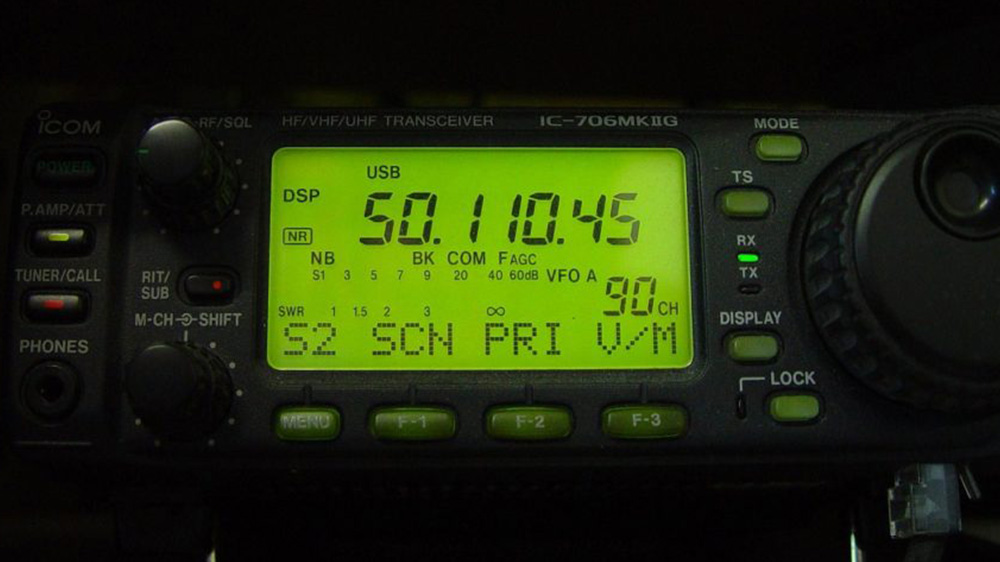Fine tuning your VHF radio know how
The VHF radio is still the communication device of choice for a boater. It is the standard and, as it is universally used, it is arguably one of the most important piece of safety gear you can have aboard. But here are some questions many ask as they consider what to use and how to use it:
Fixed or Hand-held?
Today’s hand-held VHF radios are very versatile and convenient—plus they have the distinct advantage of not being dependent of the boat’s electrical system. In some emergencies, that power may not exist.

However, for maximum range and continuous use, a fixed-mount unit is preferred. If your budget allows, having both is ideal for reasons stated.
Your Cell Phone
Cell phones work aboard as long as you are in range of a shoreside tower, but they ARE NOT a substitute for the VHF. Far away from shore, a cell phone will not work at all. Plus, the quickest aid in a real emergency will likely come from another vessel nearby—which means a VHF hail is best—unless you just happen to know someone on another boat within range, which is highly unlikely.
On-Air Etiquette
Using a VHF radio is easy, but the on-air protocol has some structure to it. If you are in an emergency situation, use Channel 16. Say the name of the boat or party you are calling twice, followed by the name of your boat, and then say “over.” Release the mike button. A typical call transmission might sound like this:
“Emergency Responders, Emergency Responders, this is SeaShell, over.”
When someone responds, key your mike and say (for example) “Six eight?” Channel 16 is reserved exclusively for calling and distress. Once contact is established, you must switch immediately to a working channel. The five channels designated for non- commercial ship-to-ship communications are 68, 69, 71, 72, and 78A.
Sometimes when you switch to a working channel, you find it occupied. In that case, check the other four to find an empty one, then go back to 16 and say, “(Responder Name). SeaShell. Seven one.” Then continue your conversation.
Also, be mindful of your language. Not only is profanity over the air against the law, it will be particularly offensive to other boaters with children aboard.
For your convenience, please keep these channels and their intended uses in mind:
Channel 6 — Inter-ship safety communications only.
Channel 9 — Communications between vessels (commercial and recreational) and ship to coast.
Channel 13 — Strictly for navigation purposes by vessels at bridges, locks, and harbors.
Channel 16 — Distress and safety calls to USCG and others, and to initiate calls to other vessels.
Channel 22 — USCG broadcasts of severe weather warnings and other safety warnings.
Channels 24-28 — Public telephone calls (to marine operator).
Channels 68, 69, 71, 72, and 78A — Recreational vessel radio channels and ship to coast.

